From Ancient Tumors To Today’s Breakthroughs: A Brief History Of Cancer
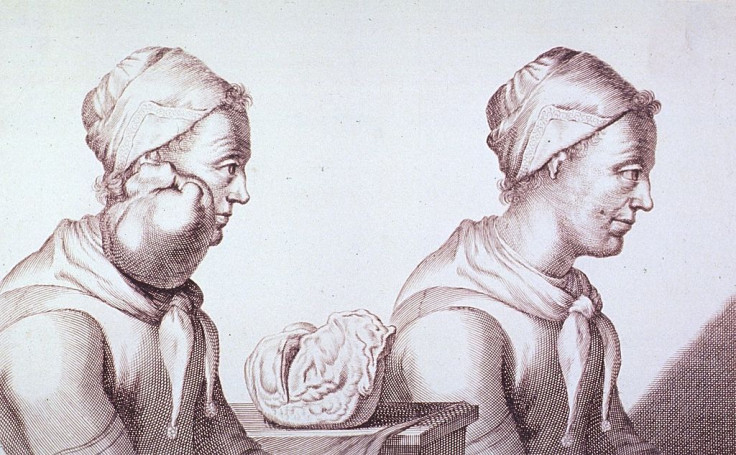
Cancer has a long and complex history — and its story is intertwined not only with scientific progress but also with art, literature, and the human condition as a whole. Since the first record of a tumor in ancient Egypt to the modern use of targeted cancer treatments, we’ve learned a great deal about cancer — how it spreads, how it resists, and how it’s defeated — but we’ve also learned a lot about ourselves and the strength of human resilience.
That being said, there’s only so much we can explain in one article about the history of cancer. For an incredibly in-depth, lengthy, and brilliant take on the history of cancer, check out Siddharta Mukharjee’s book, The Emperor of All Maladies. But for now, here’s a very brief history of cancer.
Ancient

The earliest recording of a cancer case dates back to around 1500-3000 BC. It’s scripted on the Edwin Smith Papyrus, which is part of an ancient Egyptian textbook on surgery and medicine — and describes eight breast tumors that were actually removed by cauterization, or burning the area with an ancient tool. The Egyptian writers state in the papyrus, simply: “There is no treatment.”
It wasn’t until the 400s BC when a term was created for the disease. It’s believed that Hippocrates, a Greek physician, was the first to coin the term carcinos and carcinoma when discussing tumors. Yes, carcinos in Greek refers to a crab — which, with its outstretched claws, could effectively encapsulate the spreading of cancer.
Back then, Hippocrates and Greek physicians believed in humoral theory or humorism — the notion that the body contains 4 essential “humors,” or fluids, including blood, phlegm, yellow bile, and black bile — and that any diseases resulted from an excess of any of these. This theory was held from ancient times through a good part of the Middle Ages, according to a review on the history of cancer by Akulapalli Sudhakar. Back in the day, cancer was believed to be a humor disorder, and was treated accordingly — through un-invasive things like diet or blood-letting — but typically without success.
Medieval to Renaissance
Treating cancer with humorist techniques persisted through the Middle Ages, an era where information was limited and autopsies were prohibited due to religion. As a result, during this time very little development in cancer research or treatment occurred.
Over time, however, new (and rather absurd, looking back on it now) theories began to replace the humoral theory. One idea was that lymph, at the time believed to be one of the most important fluids in the body that sustained life, began to degenerate and change in acidity and alkalinity. The cell wouldn’t be discovered for several hundred years, so theories of the cause of cancer ranged from acidic lymph to milk clots (in breast tumors), to a contagious poison. Some doctors even believed it was an infectious disease caused by a parasite.
It wasn’t until the Renaissance that the world saw a resurgence of interest in the human body — and dissecting it became more standard. But the only course of treatment for cancer was to surgically remove surface tumors if possible.
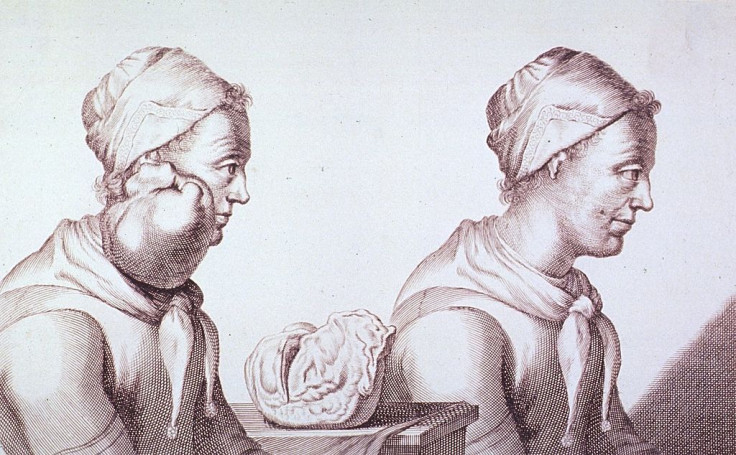
In 1655, Robert Hooke, a natural philosopher in England, discovered the cell by examining thin slices of bottle cork under a crude microscope. Of course, the cells he was seeing weren’t living cells; they were merely dead plant cell walls. Nearly 200 years later, scientists made strides in identifying how cells created plant and animal structures.
In 1775, British surgeon Percivall Pott was the first to pinpoint an environmental cause of cancer — the carcinogens in chimney soot. Chimney sweeps, who spent most of their days covered in soot and climbing through narrow chimneys, showed a much higher prevalence of scrotum cancer than the general population, and it was Pott who made the link. But it wasn’t until Sir Rudolf Virchow, a German biologist, made a huge step forward by linking microscopic pathology to cancer (and discovering that cancer cells were caused by mutations or deviations from normal, healthy cells) that the modern era of cancer truly arrived.
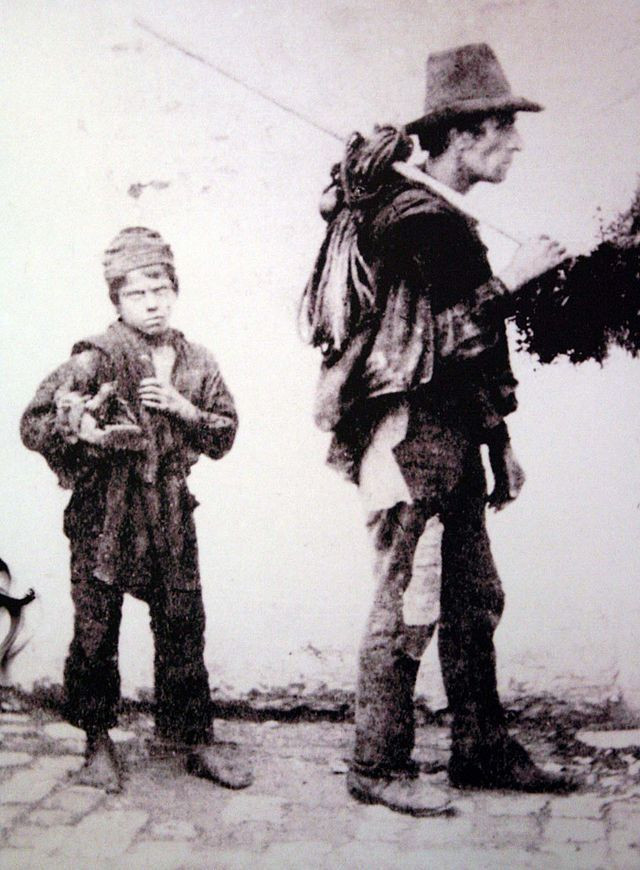
Modern Day
In 1902, a zoologist named Theodor Boveri discovered the basic genetic background of cancer: mutated chromosomes of a particular sort could result in cells that had the unlimited ability to grow and multiply — and that cancer cells were likely linked to genetic mutations, radiation, chemicals, or pathogens.
Throughout the early 1900s, scientists began adding more environmental factors and toxins to the list of things that were linked to cancer — aniline, coal tars, and asbestos, for example. In addition, they began discovering that certain infections or viruses (such as Hepatitis B or C infections, Epstein-Barr virus, HIV, or HPVs) were all linked to a higher risk of certain cancers, including Kaposi sarcoma, non-Hodgkin lymphoma, and cervix cancer, among many others.
During the 1930s and 40s, one of the biggest causes of cancer was tobacco smoke — but it took a very long and aggravated battle against tobacco companies and their advertising to fully inform the public of the dangers of smoking. Smoking cigarettes was second nature to most people in America during the majority of the 20th century, and its dangers weren’t fully understood — as manifested in tobacco ads from days gone. Interestingly, when public concern over smoking began to rise, tobacco companies battled this by creating manipulative ads that featured physicians smoking to give cigarettes a “brand” of medical approval, of sorts.
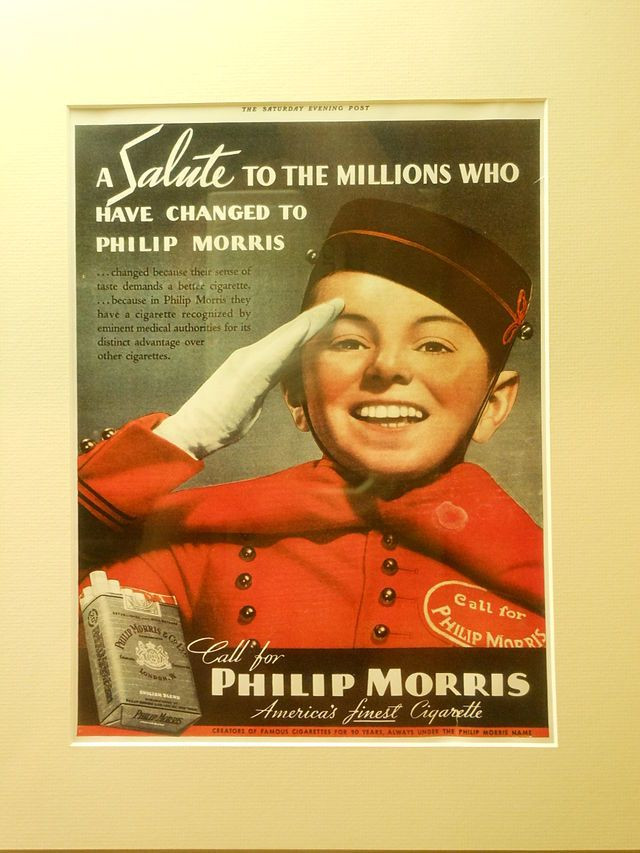
Having a greater understanding of the mechanisms behind cancer spurred the first effective treatments. Surgery wasn’t the one-and-only technique; now, radiation — discovered by Marie Curie and her husband — was being put to use as a non-surgical treatment for cancer. Pap smears became more popular as the first cancer screening test, as well as mammographies for breast cancer in the 1960s.
Then comes chemotherapy. Interestingly, what has now become a multi-billion dollar industry that effectively treats many types of cancer, is rooted in chemical warfare during World War II. Mustard gas was used to kill soldiers during the war, but this chemical also contained something that led to the development of chemotherapy. The U.S. Department of Defense asked two pharmacologists from Yale to investigate how nitrogen mustard could potentially fight cancer or other diseases, and they were the first to find that certain chemicals could be used to fight cancer. In 1965, physicians began using combination chemotherapy — because it meant that cancer cells would find it far more difficult to develop resistance to a combination of drugs.
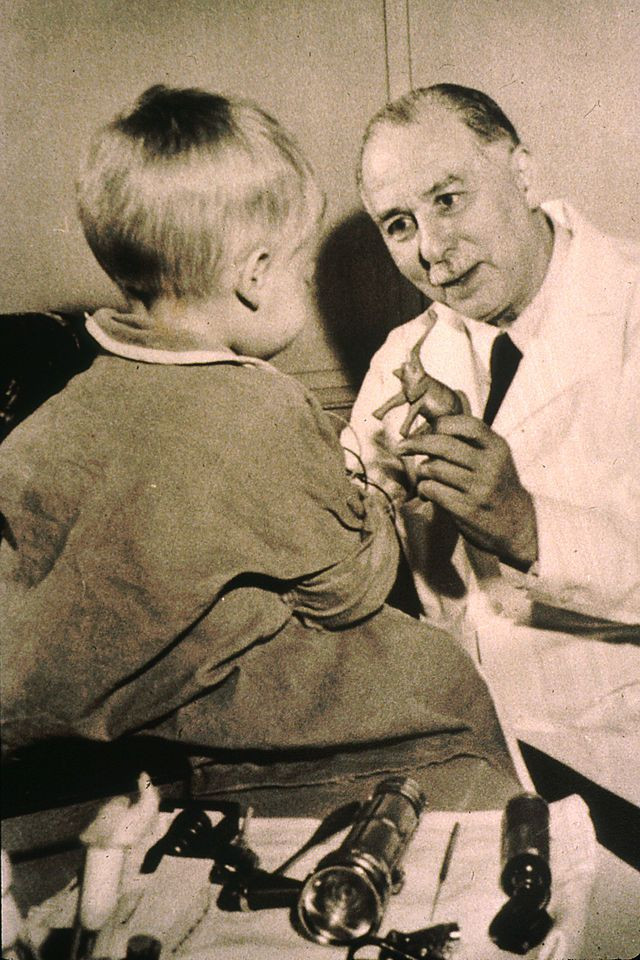
In 1971, the National Cancer Act started the official national War on Cancer, which aimed to improve cancer research and treatments by strengthening the National Cancer Institute.
Since then, cancer research grew and expanded significantly — and continues to do so, though often at a painstaking pace. Today, new research frontiers include immunotherapy (drugs that can boost the immune system to attack cancer cells), gene mutations that can unlock information about cancer, nanotechnology and delivering drugs to cancer cells on a microscopic level, and new methods in cancer screening.
“Scientists have learned more about cancer in the last 2 decades than had been learned in all the centuries preceding,” the American Cancer Society states on its website. “This doesn’t change the fact, however, that all scientific knowledge is based on the knowledge already acquired by the hard work and discovery of our predecessors — and we know that there’s still a lot more to learn.”



























